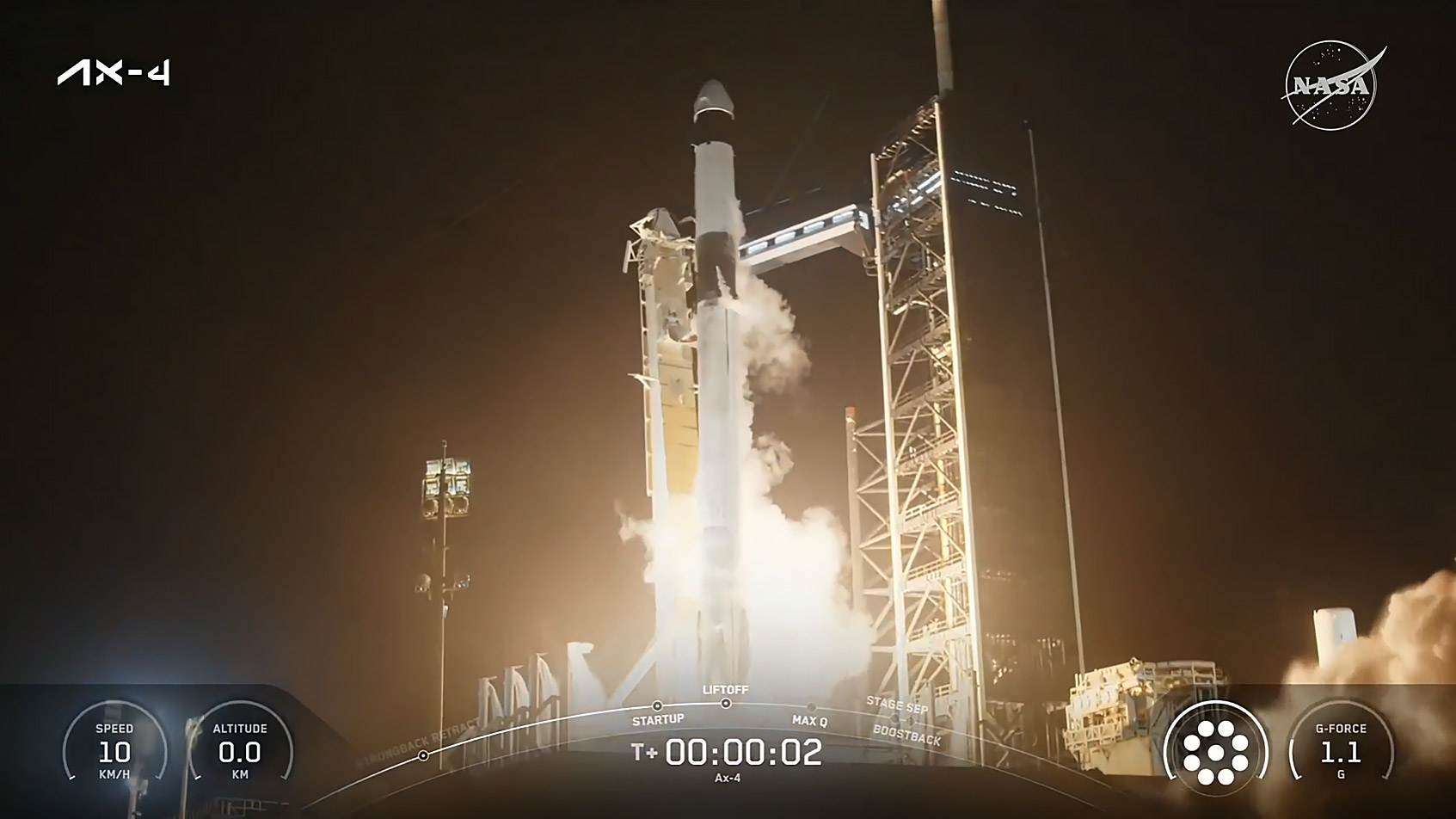How to Help Your Child Communicate Before Speaking with Baby Sign Language?
Learn how to teach baby sign language step by step. Enhance early communication, reduce frustration, and foster stronger parent-child bonds with ease.

Every parent cherishes the moment their child begins to communicate. However, waiting for those first words can sometimes feel like a long and frustrating process for both parents and children. This is where baby sign language bridges the gap. With the Baby Sign Language step by step Guide, you can teach your child to express their needs, emotions, and wants through simple hand gestures, laying the foundation for clear and effective communication.
This article explains the many benefits of baby sign language, walks you through the practical steps to introduce it to your baby, and offers valuable tips to make the experience enjoyable and successful.
Why Baby Sign Language Matters
Baby sign language is a simplified version of traditional American Sign Language (ASL), designed specifically for pre-verbal infants and toddlers. The basic idea is simple but powerful—helping your baby communicate before they can speak.
Clear Communication
Babies are capable of understanding much more than they can verbally express. By introducing signs like "milk," "hungry," or "tired," they can effectively tell you what they need, reducing tears and meltdowns.
Stronger Bond with Your Child
Teaching your baby to sign is a shared activity that strengthens your connection. It encourages eye contact and fosters a stronger parent-child relationship.
Cognitive Development
Studies show that babies who learn sign language often develop stronger language and literacy skills later in life. The connection between sign language, spoken words, and their meanings boosts mental development.
Reduced Frustration
When a baby can express their needs without crying or resorting to guessing games, both parents and the child experience less stress. This clarity leads to a more peaceful household.
Aiding Speech Development
Contrary to misconceptions, baby sign language supports and complements verbal communication. Signing helps babies link words with actions, accelerating their verbal language skills.
Teaching Baby Sign Language
Teaching baby sign language doesn't require professional training. With patience and consistency, any parent or caregiver can introduce easy-to-learn gestures into a baby's daily routine.
Start with Essentials
Begin with simple signs that are relevant to your baby's daily life. Popular first signs include:
- Milk: Open and close your hand repeatedly, mimicking the action of milking a cow.
- Eat: Tap your fingers to your mouth, as though mimicking eating.
- More: Touch the fingertips of both hands together.
Choose just a handful of signs to begin with, focusing on ones your baby will likely use often.
Be Consistent with Verbal Clues
Always pair the sign with a verbal cue. For example, every time you feed your baby, sign "milk" and say the word aloud. This consistency helps them associate the sign with its meaning, strengthening both their signing and comprehension.
Practice Daily
Look for opportunities to incorporate signing into your daily routine. If you're eating, show them the sign for "eat." When they want more of something, use the sign for "more." Repetition will help your baby learn faster.
Observe and Respond
Once you've been consistent with signing, watch for your baby's attempts to mimic the gestures. They may not get them perfect at first, but any attempt deserves encouragement and praise. Respond immediately to their signs, showing them that their communication is effective.
Expand Their Vocabulary
After your baby masters a few initial signs, gradually introduce new ones based on their needs and environment. For instance, you could teach signs like "dog," "play," or "book." Keep adding to their vocabulary as they grow more confident.

Tips to Support Baby Sign Language Success
To help your baby thrive with signing, consider the following practical tips:
1. Introduce Signs at the Right Time
Most parents start using baby sign language when their child is around 6 to 8 months old. At this age, babies are typically more observant and capable of mimicking simple actions. However, every child is different, so adjust your timing to match their development.
2. Stay Consistent
Use the same signs regularly to reinforce learning. Ensure that family members and other caregivers also adopt the signs to provide a consistent learning experience for all.
3. Be Playful
Make learning baby sign language fun! Sing songs that use signs, or play games that reinforce the gestures. Enjoyably engaging your child makes the process feel natural rather than structured.
4. Patience Is Key
Not all babies catch on to signing immediately. It might take a few weeks or even longer before your baby starts using the signs themselves. Stay patient and celebrate every small accomplishment.
5. Encourage Trial and Error
Babies won't get every sign perfect right away—and that's okay! Acknowledge and respond to their attempts, even if they're not quite accurate yet. Over time, their skills will improve.
6. Adapt to Your Baby's Needs
If your baby doesn't seem interested in certain signs, don't force it. Instead, focus on their favourite activities or objects, tailoring the signs to keep them engaged and excited.
7. Reinforce Progress
Every time your baby uses a sign, reinforce it by repeating the gesture and saying the corresponding word. This empowers them and encourages continued use.

Common Myths About Baby Sign Language
Despite its numerous benefits, baby sign language is often surrounded by common myths. It's essential to separate fiction from fact.
- Myth: Signing delays speech development.
- Fact: Signing actually encourages speech by increasing communication skills.
- Myth: It's only useful for children with hearing difficulties.
- Fact: Any baby can benefit from sign language, as it acts as a bridge to verbal communication.
- Myth: You need advanced skills to teach baby signs.
- Fact: The simplified gestures used in baby sign language are easy for parents and children to pick up.
Conclusion
Your baby's first words may be months away, but that doesn't mean they can't communicate. By introducing baby sign language, you provide them with valuable tools to connect and express themselves in meaningful ways.
The joy of seeing your child sign "milk" when they're hungry or "play" when they're ready for fun is unmatched. With the Baby Sign Language Step-by-Step Guide, you can foster a closer bond, reduce frustrations, and set a strong foundation for lifelong communication skills. Start your baby's sign language journey today, and transform those moments of misunderstanding into clear, shared connections.


 tommydoyle.me2
tommydoyle.me2 



















